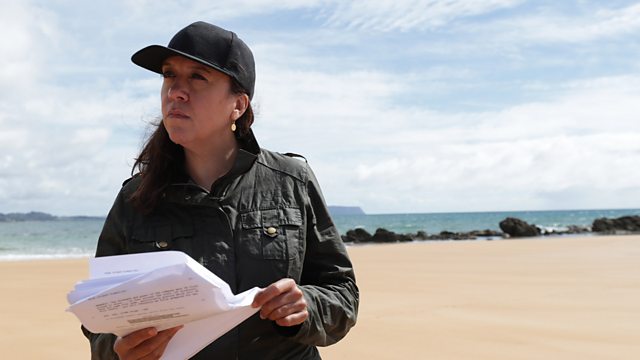Episode 2
Film-maker Rachel Perkins examines what happened when the increasing number of arriving European colonists encroached upon the prime hunting grounds of Tasmanian Indigenous people.
In the 1820s, the colonist population doubled in Tasmania, and so too did the death count as settlers came into conflict with Tasmanian Indigenous people resisting their arrival.
In the second part of this authored series, film-maker Rachel Perkins, who has both European and Indigenous Australian ancestry, examines why 鈥� despite detailed public records of the extensive conflict in Tasmania 鈥� there are no public memorials to those who died. Governor Arthur Phillip鈥檚 military background led the new approach to securing the Empire鈥檚 interests, including armed fortification of the 鈥榮ettled districts.鈥� But as the population grew, these areas expanded into prime hunting grounds of the First Nations groups who lived there.
The 1828 killing of a white woman by unknown warriors saw a fierce escalation in tensions and the introduction of martial law by Governor Arthur, enforced by armed parties of colonists and soldiers. Arthur also authorised a propaganda campaign highlighting supposed equality between black and white populations under the law. That equality was not the experience of warriors such as Tongerlongeter, or of the population of Tasmania, who fought down to almost the last person, before accepting the terms of an armistice.
Last on
More episodes
Previous
Next
Broadcasts
- Tue 14 Nov 2023 21:00
- Wed 15 Nov 2023 02:20
- Mon 27 Jan 2025 00:50

